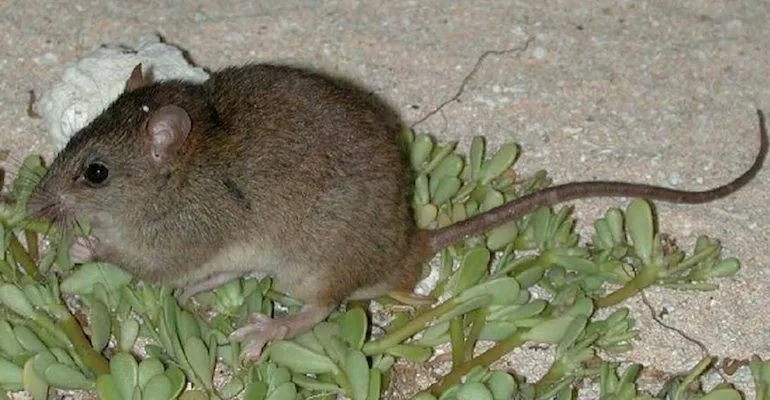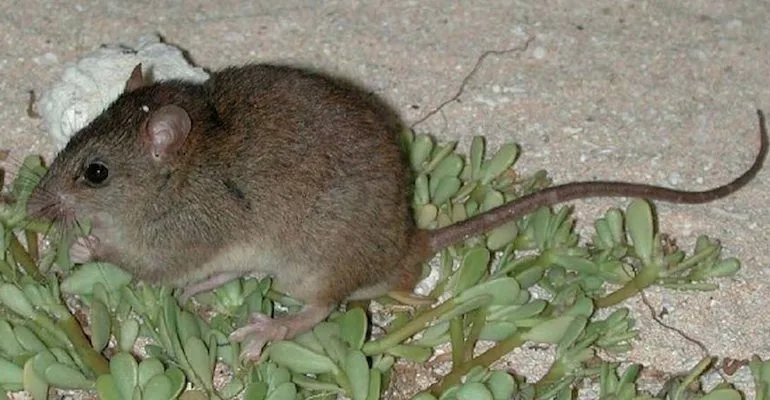
Meet the first mammal species to die off from climate change
Sea-level rise from human-caused climate change named as the culprit
A small, unassuming, little known and completely isolated rodent may end up being more impactful in death than it ever was in life.
The Bramble Cay melomys, also known as as the Bramble Cay mosaic-tailed rat, lived quietly its namesake, a small island in the Torres Strait between Papua New Guinea and the Australian state of Queensland -- at least it used to, until it became the first known mammal to become officially extinct due to human-caused climate change.
That’s according to Australia’s federal environment ministry, which officially moved the species from the endangered to the extinct category.

Image: Ian Bell, EHP, State of Queensland/Wikimedia Commons.
READ MORE: World wildlife species decline by 60 per cent
To many, it would be the final nail in the coffin for the species, and would be no surprise to conservationists who’ve been monitoring it. Queensland already declared the melomys extinct in 2016, based on long-term monitoring efforts that failed to catch sight of the rodents. The last known sighting was in 2009.
Specifically, rising sea levels were pointed to as the culprit, causing habitat loss on the cay (whose maximum elevation is no more than three metres) and causing a reduction in vegetation cover, which the rodents relied on for food.
“Available information about sea-level rise and the increased frequency and intensity of weather events producing extreme high water levels and damaging storm surges in the Torres Strait region over this period point to human-induced climate change being the root cause of the loss of the Bramble Cay melomys,” a 2016 report said at the time.
That same report suggested there might be an as-yet unknown population in the Fly River Delta on the nearby mainland of Papua New Guinea, but none have yet been found.
WATCH BELOW: 'VIKA RAT' COULD BE LARGEST KNOWN RAT SPECIES TO MAN
SOURCES: Sydney Morning Herald | Australia Federal Environment Department | Queensland Environment Department
